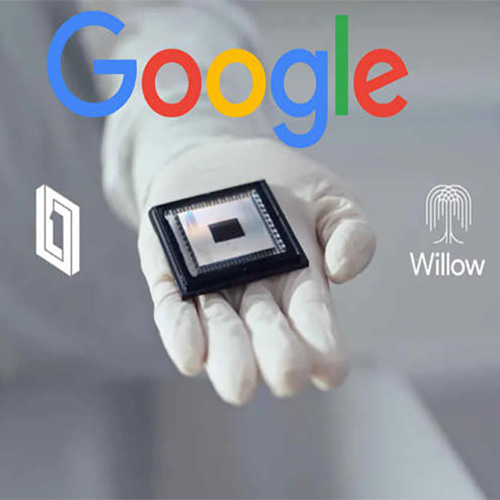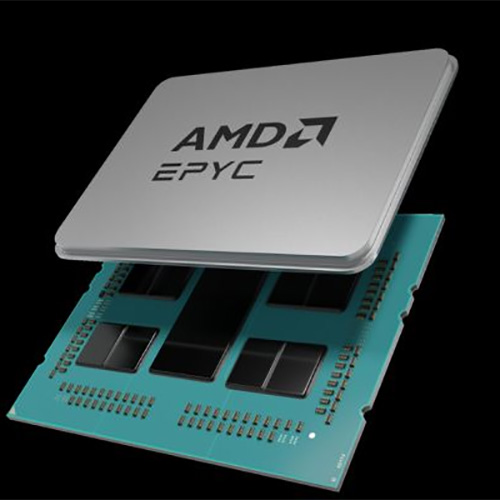
Apple’s modem strategy prioritizes cost-efficiency over cutting-edge fabrication, using a multi-node approach for its C1 chip, with the next version expected to add mmWave 5G support while optimizing battery life through refined power management and a potential 28nm implementation
Apple is set to deepen its push for hardware independence with the expected launch of its upgraded in-house modem in the upcoming iPhone 17 Air, marking a strategic departure from reliance on external suppliers like Qualcomm.
The company made its first official move in this direction last month with the C1 baseband chip, introduced alongside the iPhone 16e. Now, Apple is preparing a refined version of the C1 for broader deployment, aimed at delivering more efficient, high-speed connectivity for next-generation devices.
Unlike its chipsets for performance and AI, Apple’s modem strategy is focused on a cost-performance balance. The current C1 uses a hybrid fabrication approach—combining 4/5nm process nodes for core logic, 7nm for transceiver modules, and 55nm for power circuits. This configuration, insiders say, helps manage costs and thermal performance without the need for bleeding-edge 3nm nodes, which bring minimal benefit to modem components.
Lightweight design, powerful performance ahead
The upcoming iteration of the C1 chip is expected to support mmWave 5G, bringing higher data speeds and broader compatibility. The challenge, however, lies in maintaining battery efficiency—something Apple aims to address with refined power management and potentially a 28nm mmWave implementation.
The iPhone 17 Air, which is rumoured to debut the upgraded modem, is shaping up to be a lightweight yet powerful device. Reports suggest a total weight of just 146 grams, aided by a 7000-series aluminium alloy frame and a compact 2,800mAh silicon-carbon battery, known for its higher energy density.
Internally, the phone is expected to run on Apple’s A19 chip with 8GB of RAM, similar to the current iPhone 16 Plus. A 48MP single rear camera and a 24MP front camera are reportedly in the pipeline, alongside a 120Hz OLED display, Face ID, and MagSafe wireless charging. The device is also expected to retain a glass back, consistent with Apple’s aesthetic standards.
While the immediate user experience may remain largely unchanged, Apple’s long-term aim is tighter hardware-software integration, consistent modem updates, and the ability to tailor connectivity features more precisely to its devices.
These developments remain based on industry leaks and early reports; official confirmation from Apple is still pending.
See What’s Next in Tech With the Fast Forward Newsletter
Tweets From @varindiamag
Nothing to see here - yet
When they Tweet, their Tweets will show up here.





























